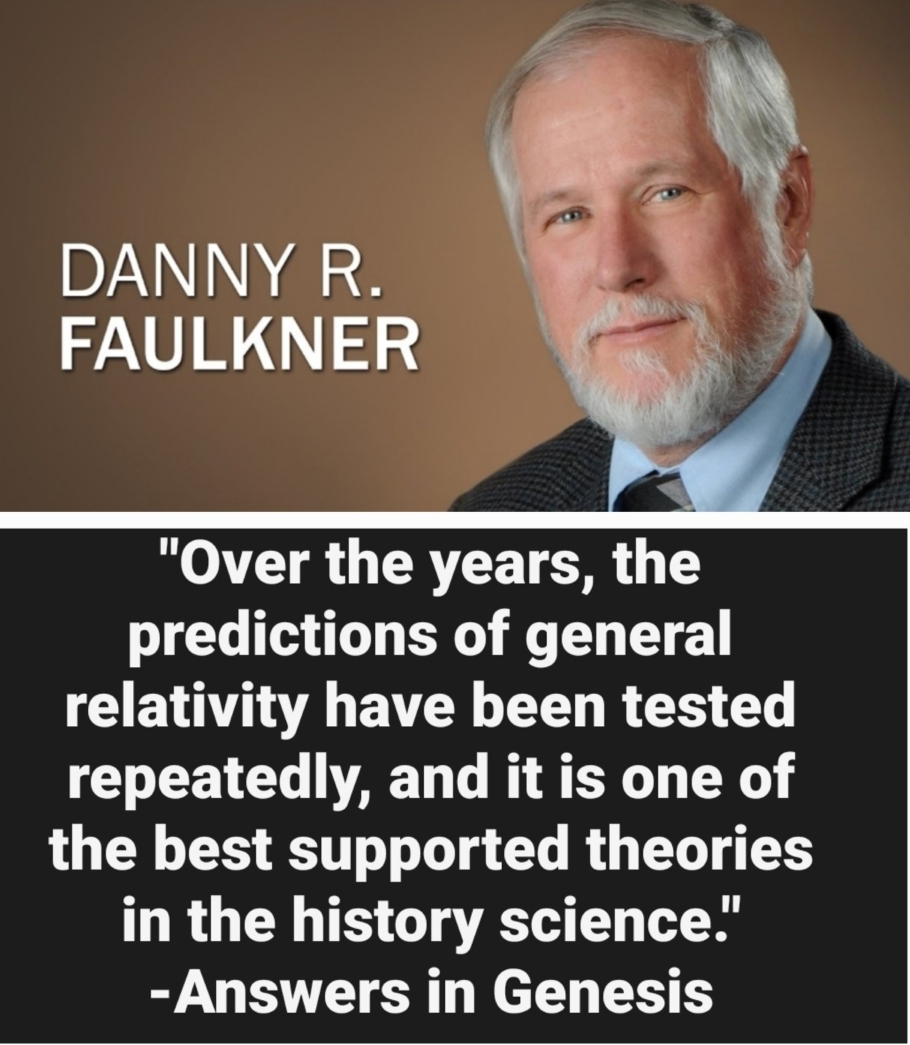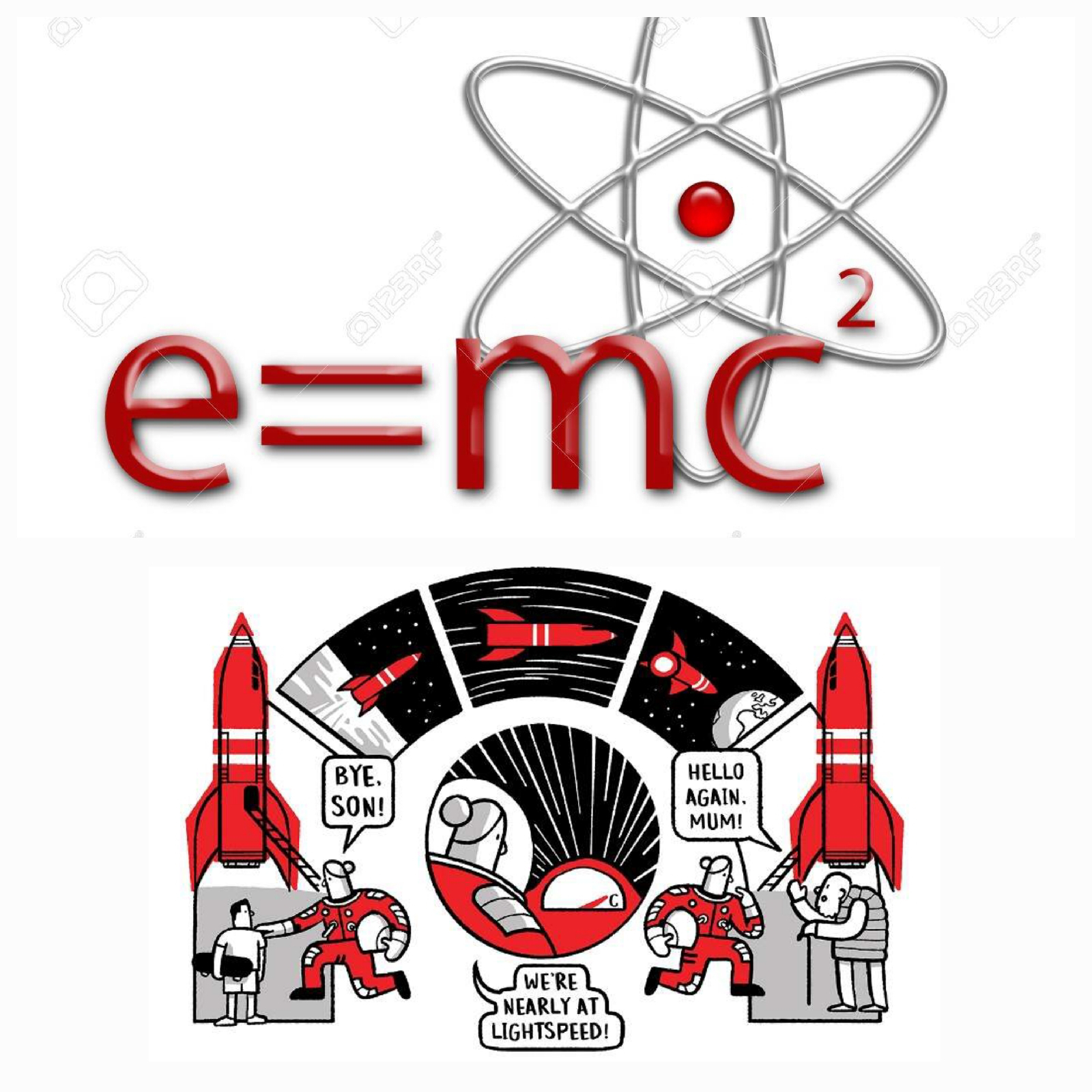The Banishing and the Guarded Way: Preserving Eternity and Holiness

Genesis 3:22 And the Lord God said, “The man has now become like one of us, knowing good and evil. He must not be allowed to reach out his hand and take also from the tree of life and eat, and live forever.” Genesis 3:24 After he drove the man out, he placed on the east side of the Garden of Eden cherubim and a flaming sword flashing back and forth to guard the way to the tree of life. The expulsion of Adam and Eve from the Garden of Eden, detailed in Genesis 3:22-24, is one of the pivotal moments in biblical theology. It serves not merely as a punishment for disobedience but as a profound theological act designed to preserve the holiness of God and limit the devastating consequences of human sin. The text makes the reason for the banishment explicitly clear: to prevent Adam from gaining immortality while remaining in a state of moral corruption. Prior to their transgression, Adam and Eve lived in harmonious fellowship with God, a state symbolized by their residence in Eden...





